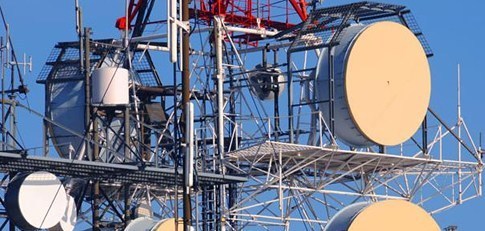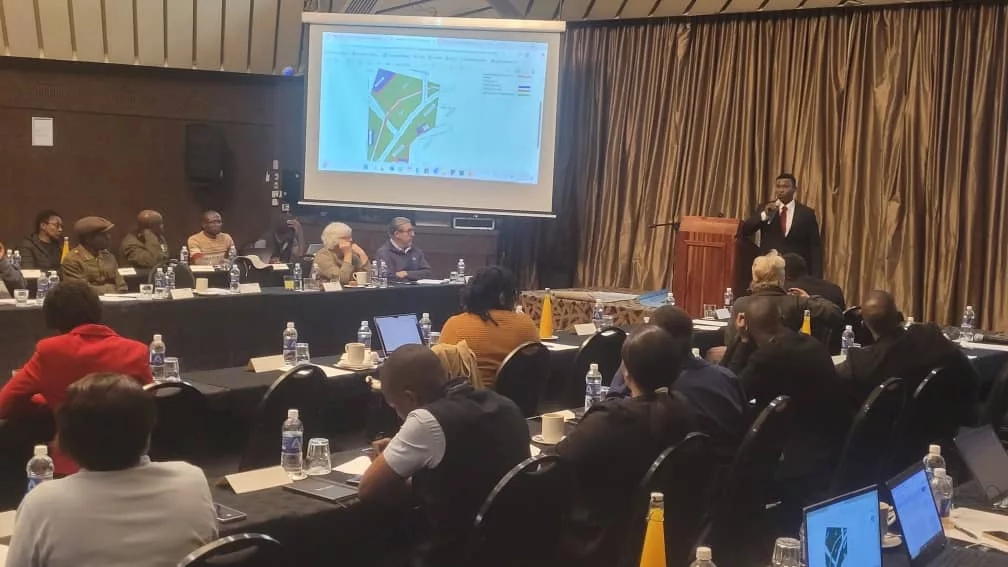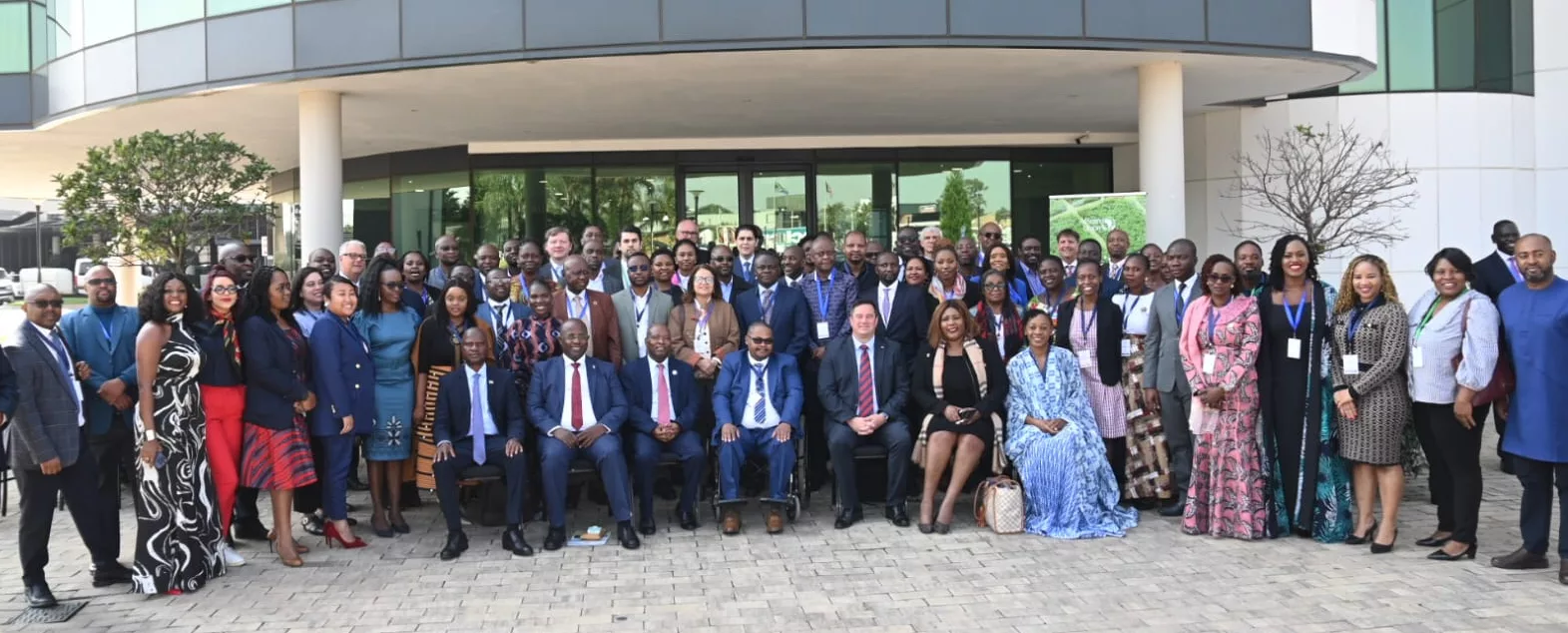It is not every day that you see an industry regulator defending the prices of products and services offered by industry players that it regulates. But this is exactly what the Postal and Telecommunications Regulatory Authority of Zimbabwe (Potraz) had to do recently.
Faced with a barrage of criticism and an international report (that has since been refuted) by an Internet data research firm called Cable, that claimed that Zimbabwe had the second most expensive data prices in Africa, Potraz — the industry watchdog saw it fit to come out in defence of local players and set the record straight.
“The mobile data tariffs in Zimbabwe are comparable to those obtaining in other Sadc countries. As can be observed, the current price of 1GB of mobile data for Zimbabwe is among the lowest in the region, in United States dollar (USD) terms,” said Potraz, as it defended local data tariffs.
Potraz probably felt obligated to do so because in Zimbabwe, all tariff charges have to get its approval, even when operators want to reduce them.
In 2013, Potraz ordered Econet Wireless to revert to a 25-cent regulated tariff, and stop the mobile network operator (MNO) from offering its service for only 10 cents, which Econet had introduced. The regulator at the time directed that Econet could not effect a tariff reduction exceeding 50 percent.
In a sense therefore, the fact that MNOs have to seek approval for any tariff adjustments should exonerate them from being accused for trying to profiteer at the expense of subscribers as the cost and viability assessment would have been done by an independent body. As a matter of fact, and probably unbeknown to the public, whatever tariff changes MNOs may propose, have to go through a rigorous, independent assessment process before approval can be granted.
For data price increases to be approved by Potraz, an operator would have made an application to the regulator, with a tariff proposal based on projected capital and operating costs, which is then approved, referred back or rejected by the regulator.
It is inconceivable that Potraz — a government agency — would work in cahoots with MNOs to charge more than is justifiable as this would be against the government’s goal to have all products and services offered at reasonable and affordable prices to the general public.
So where does this leave the new mobile data tariffs, and are they really the most expensive in Africa?
In approving the mobile data tariffs, Potraz puts into consideration the cost of service provision and, in most cases, only agrees to tariff changes that are less than what the MNOs would have proposed.
However, what is critical to know is that in the current mobile data price adjustments, the MNOs (NetOne, Econet and Telecel) — which have been offering heavily discounted, promotional data packages called bundles — have simply reduced the amount of data they offer in various promotional “in-bundle” packages, meaning the cost of data has gone up. However, what they are now offering is still below the Potraz-approved data prices.
The real cost of data
The cost of mobile data service provision takes into account the fact that Zimbabwe is a landlocked country with no direct sea cable landing stations. It gets its primary data resource, called bandwidth, through the medium of underground cables via other “third-party” countries, making the cost of data provision costlier for landlocked countries, than for countries that have direct, undersea cable access to the oceans.
The fact that Zimbabwe accesses submarine cables through third party countries makes access to international bandwidth much more expensive. These are unavoidable differences with coastal countries, and makes direct comparisons with landlocked countries difficult.
Interestingly the new data tariffs in Zimbabwe come at a time there has been a furore in South Africa over data tariffs, with operators asked to explain why data in South Africa is more expensive than in other countries where the South African MNOs operate.
South African operator Vodacom has argued that its pricing is influenced by a range of costs, some of which are in fact set by governments. It cited costs such as taxes, spectrum licence fees, import duties and rental fees for undersea cables and other infrastructure.
The same applies in Zimbabwe, where government taxes, levies, licence fees and import duties, among other costs, are significantly higher than in other African countries, without even taking into account the 2 percent tax on all mobile transactions.
In Zimbabwe for example, the licence fees were pegged at US$137 million back in 2013, and only one player has managed to pay that huge amount, with the other two still saddled with the spectrum licence fee debt.
Other determining factors to consider relate to the geographic size of a country, its population density and the availability of fixed-line infrastructure connecting mobile base stations with the rest of the network.
A country with a large population, where operators could leverage economies of scale, cannot be directly compared to one where the population is much lower.
In Zimbabwe, the cost of data is worsened by the dearth of the critical mass of data usage volumes, to reduce the average cost of international internet connectivity.
Putting it differently, a country with a less urbanised population, which requires investment in rural infrastructure at high costs, cannot be compared with one where the majority of citizens are live in urban settlements.
Population density matters
For example, a base station in a densely populated country such as Nigeria — with a 2019 UN population estimate of 200 million — should yield a relatively lower payback period than one in Zimbabwe, with a population estimate of 16,5 million, and where in some areas the population is quite sparse. It will typically take longer to recover investment costs in a sparsely populated country than in a densely populated country.
Besides direct service delivery costs, telcos in Zimbabwe also have to contend with very high borrowing costs because of the high risk premium placed on Zimbabwe by international lending institutions.
Where operators in South Africa, Kenya or Ghana have access to comparatively cheap financing and capital costs, the same cannot be said of Zimbabwean operators.
Another major cost element outside the control of local operators, is the fact that the cost of rolling out and upgrading mobile (and fixed) network equipment is priced in US dollars.
In view of the shortage of foreign currency in Zimbabwe over the past three years, this presents a major hindrance to network upgrades, which have a direct bearing on quality of service, network expansion as well as the operators’ ability to pay on-going license fees to foreign suppliers.
The new exchange rate of 1USD:3,1 RTGS dollars, which has weakened the local currency in which customers are charged while operators still foot their costs in USD, means that businesses can only reasonably remain viable by adjusting their prices or tariffs upwards.
The erratic and insufficient electricity power supply in Zimbabwe, which forces operators to frequently resort to the use of diesel backup generators, is another major cost for mobile operators, particularly in light of the recent three-fold fuel price hikes.
Such costs, most of them unique to Zimbabwe, necessitate and require price levels that make it difficult or unfair to compare Zimbabwe’s data prices with those prevailing in other countries.
The evidence suggests that while Zimbabwe’s mobile data prices may be high, customers are however not being deliberately ‘overcharged.’ What is also apparent is that consumer data prices, which are denominated in $RTGS dollars, are also — in USD terms — by no means the highest in Africa.






